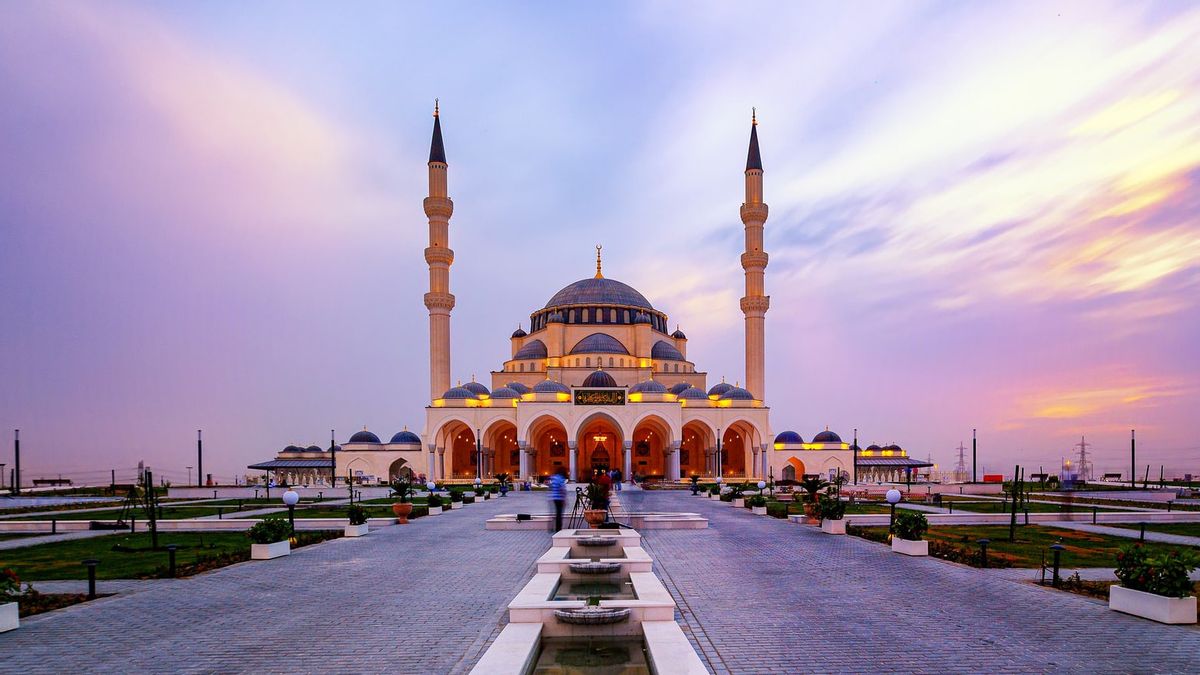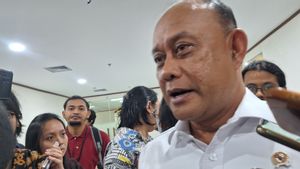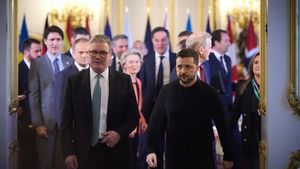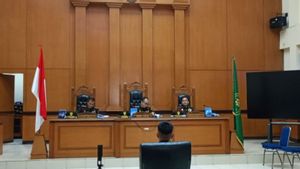BEIJING - In China, there are about 25 million Muslims who are spread widely and are concentrated in small groups. This is because Islam is one of the four or five religions that are officially recognized in China.
The first major Muslim settlements in China consisted of Arab and Persian merchants. Islam penetrated China during the Tang and Song dynasties, especially along the silk route when there were frequent friendly exchanges between the government and the many envoys who came to do business.
Launching China Higlights, in all parts of China there are citizens who adhere to the Muslim religion. But the greatest numbers are found in the provinces of Xinjiang, Gansu, Qinghai and Yunnan. The Xinjiang region has the largest Muslim population in China. About 50% of the people there are Muslim.
Eid al-Fitr is celebrated by China's many Muslim minorities, including the Hui, Uyghur, Kazak, Uzbeks, Tajiks, Tatars, Khalkha, Salar, Dongxiang and Bao'an people. Hui Muslims in some parts of Ningxia Province also refer to Eid Al-Fitr with Big Id, while Hui Muslims in Gansu and Qinghai Provinces consider Eid al-Fitr as a New Year's celebration.
Eid al-Fitr is the biggest celebration for the Hui people. Hui Muslims in the Gansu, Qinghai and Yunan provinces of West China also call Eid al-Fitr 'Da Erde', while people in southern Ningxia call it 'Xiao Erde'. The Hui people call Ramadan Lai Maidan. Since the Islamic calendar system is the same as the Chinese calendar, Eid al-Fitr is different every year.
Eid al-Fitr atmosphere in ChinaIt is the same in Indonesia, before Eid al-Fitr, Hui people who work outside the city or who are on their way back to their hometowns. They celebrate Eid for three days. On the first day, every family got up early and cleaned their house. Older men shower first and everyone wears new clothes.
As for the mosque where the Eid prayers are held, the mosque staff works to arrange saf before the prayers begin. They hang colorful banners and lights as a form of Eid celebration.
After 8 a.m., Hui people from different areas brought prayer mats and went to the mosque. But sometimes, mosques cannot accommodate so many people, so that part of the crowd looks for a clean place to pray.
When the Imam announced the prayers were about to start, tens of thousands of Hui people laid down their prayer rugs. They then took off their shoes and started to pray. Because this is a fairly important form of worship, a large number of people no matter what the weather conditions they will still join the congregational prayers.
As with other religious festivals, a large family meal is held where the whole family enjoys a specially prepared large meal. Even poor families try to cook the best food on this occasion. Eating with family is a sign of unity and love between family members. It is also a symbol of respect for parents and affection for young people.
Not to forget Eid is also an opportunity to visit and spend time with relatives and friends. People are usually busy earning a living and don't have the opportunity to spend time with other family members. But this Eid-ul-Fitr moment gives them the opportunity to strengthen family ties and friendships.
But the COVID-19 pandemic might change all these celebrations. Moreover, China has also just emerged from its downturn due to the corona virus which originated in the city of Wuhan. Although the number of COVID-19 cases in China has decreased and the lockdown rules have been lifted, restrictions on activities are still in place. In addition, many countries have also issued fatwas to carry out Eid prayers at home considering that the corona virus is still not fully controlled and there is no vaccine to ward off the virus.
The English, Chinese, Japanese, Arabic, and French versions are automatically generated by the AI. So there may still be inaccuracies in translating, please always see Indonesian as our main language. (system supported by DigitalSiber.id)









